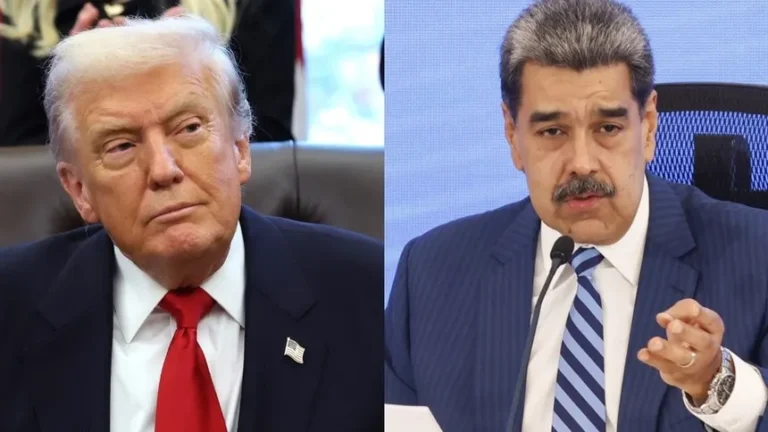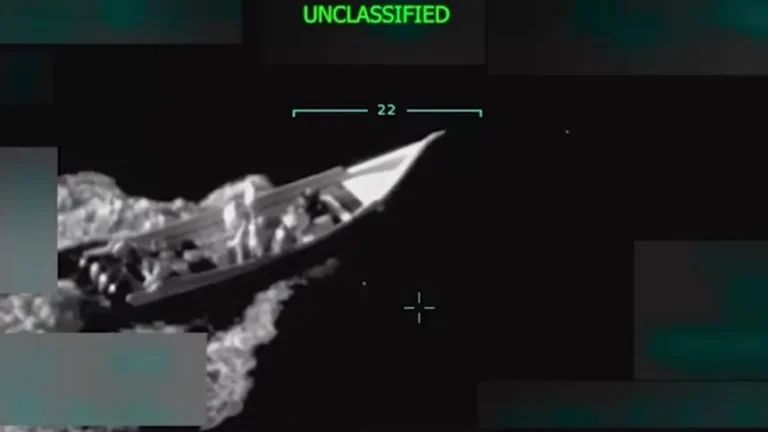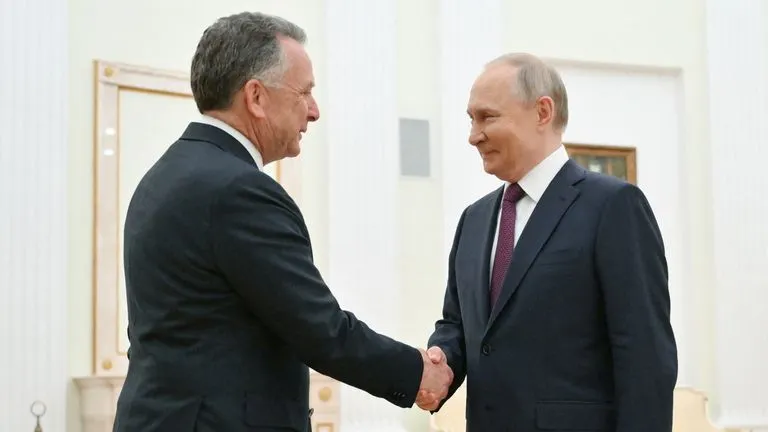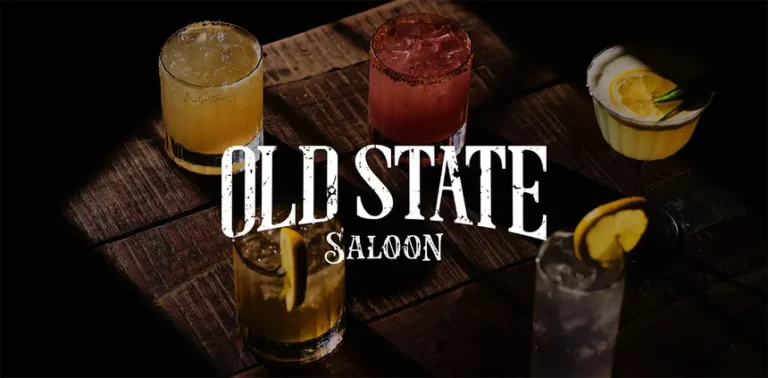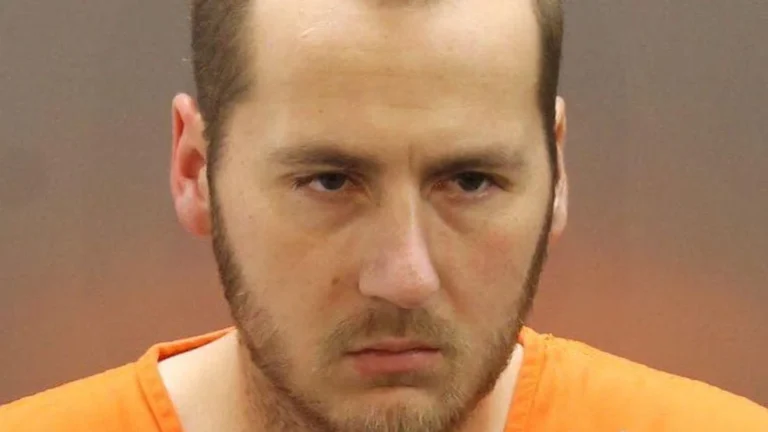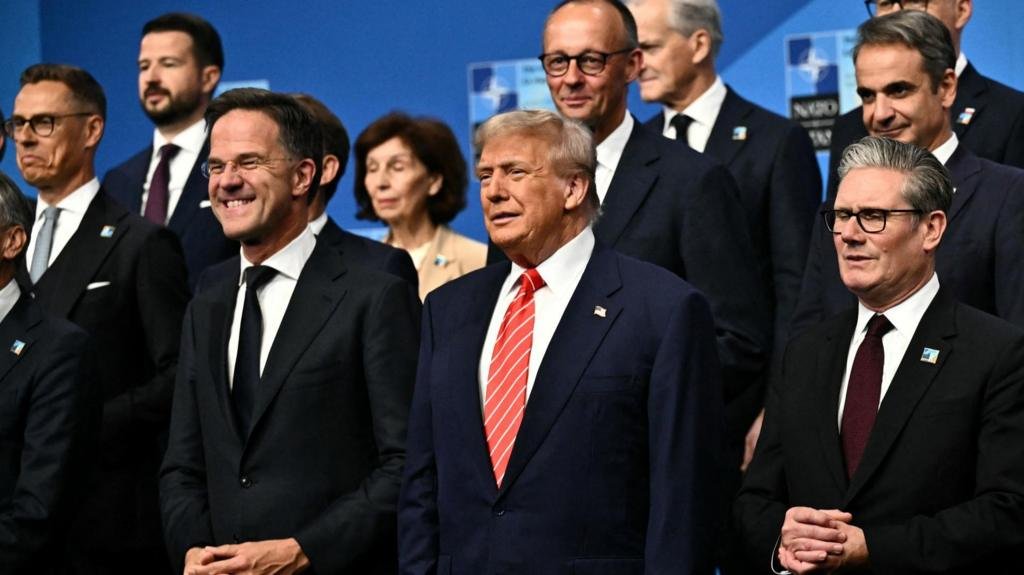
NATO Members Commit to Major Military Spending Increase
At the NATO summit in The Hague, alliance members formally agreed to increase their defense and security spending to 5% of GDP by 2035. This represents a significant shift from the longstanding 2% target that many members have historically failed to meet.
President Donald Trump called the agreement a “monumental win” for the United States and “Western civilization,” declaring that NATO was no longer a “rip-off.” The new target includes 3.5% for traditional defense expenses and 1.5% for broader security investments, a move largely seen as an attempt to strengthen NATO’s posture against long-term threats like Russia.
Trump Receives Praise, Raises Pressure on Spain
New NATO Secretary General Mark Rutte publicly credited Trump’s persistent demands for the spending increase, stating, “That is exactly what we see them doing.” Trump, in turn, singled out Spain for criticism, threatening to impose tougher trade terms due to Spain’s refusal to meet the new 5% goal. In 2024, Spain spent only 1.2% of GDP on defense.
Trump said, “Spain wants a little bit of a free ride. But they’ll pay it back in trade.”
U.S. to Resume RAF Nuclear Role, Reinforces UK Alliance
British Prime Minister Keir Starmer confirmed the UK will purchase U.S. aircraft capable of carrying American-controlled tactical nuclear weapons, marking the RAF’s return to nuclear deterrence for the first time in over 30 years. The move was framed as a major commitment to the U.S.-UK alliance.
Trump, Zelensky Meet in Private as Tone Softens
President Trump also met with Ukrainian President Volodymyr Zelensky, describing their discussion as “substantive” and characterizing Zelensky as “nicer” than in previous interactions. Zelensky, notably wearing a formal suit rather than military attire, thanked Trump for the meeting and said they discussed efforts toward a ceasefire with Russia.
Although Trump acknowledged the difficulty of ending the war, he stated that Russian President Vladimir Putin “really wants to end this war” and suggested negotiations could begin soon. However, the NATO summit’s final communiqué made no direct mention of Russia’s responsibility for the conflict—a change widely interpreted as a concession to Trump’s views.
No Firm Commitments on Ukraine Patriot Missiles
Asked whether the U.S. would send Patriot missile systems to Ukraine, Trump said the U.S. would “see if we can make some available,” but stopped short of making a formal commitment. He acknowledged that the systems are in high demand and being sent to other allies, such as Israel.
U.S. Strikes on Iran: Trump Defends Action
In his press conference, Trump defended the U.S. airstrikes on Iran’s Fordo nuclear site, claiming they left the facility “totally inoperable.” Defense Secretary Pete Hegseth supported the claim, saying much of the evidence is “buried under a mountain.” Trump dismissed media reports and early intelligence assessments suggesting the damage may have been limited.
Trump Leaves Summit on a High Note
The summit ended with Trump boarding Air Force One, waving to the press after what his team sees as a diplomatic victory. Despite earlier skepticism about NATO, Trump said the event had changed his perspective: “They really love their countries. It’s not a rip-off.”
As Europe now faces the challenge of meeting the 5% commitment, the question remains whether member nations can deliver on this historic promise—and what the geopolitical consequences will be if they don’t.
